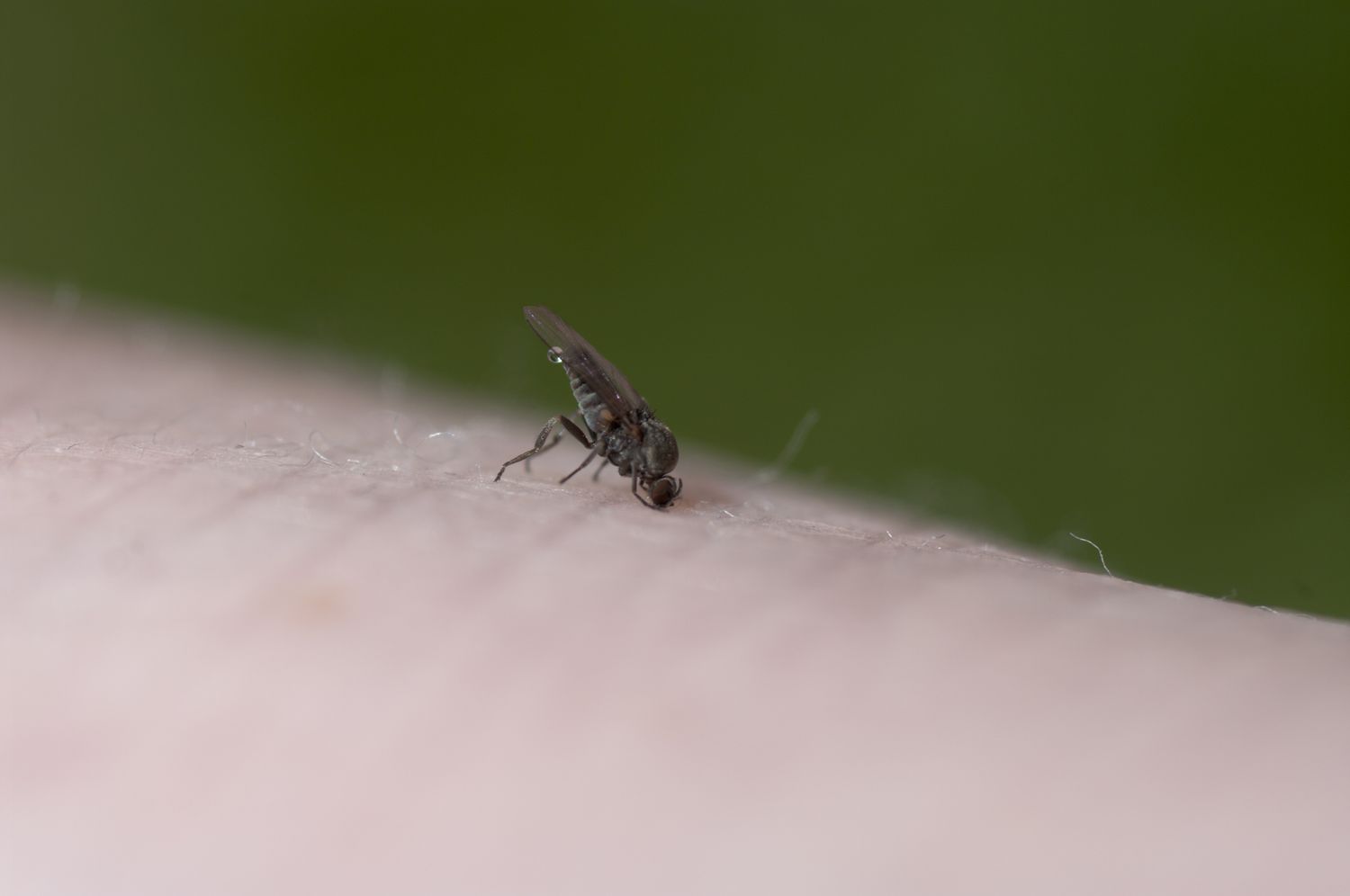Leishmaniasis Possibly Endemic in Texas and Oklahoma, According to CDC

Health officials are keeping a close eye on a type of skin disease that could cause disfigurement and has been detected in the U.S.
The Centers for Disease Control and Prevention (CDC) identified over 1,200 cases of leishmaniasis from 2005 to 2019. Usually, this disease, which leads to skin sores, is prevalent in tropical and subtropical regions outside of the US. The findings were shared at the Annual Meeting of the American Society of Tropical Medicine and Hygiene held in Chicago.
Leishmaniasis comes in different forms including cutaneous leishmaniasis (causes skin sores) and visceral leishmaniasis (affects several internal organs). The type that has been spotted in the U.S. is cutaneous leishmaniasis, as confirmed by Mary Kamb, MD, MPH, who works as a medical epidemiologist at the Division of Parasitic Diseases and Malaria at the CDC.
The disease is usually spread through the bite of female phlebotomine sand flies that are infected. These flies become infected from feeding on the blood of an infected person or animal.
Naomi E. Aronson, MD, a researcher of leishmaniasis and the director of the Infectious Diseases Division at Uniformed Services University of the Health Sciences, noted that these sandflies are very minute and are often referred to as 'no-see-ums'."
Although some types of Leishmania parasites can be transmitted through contaminated needles, or from an infected pregnant woman to her baby, the primary concern in the U.S. is the infected sandflies.
The CDC study confirmed the presence of over 1,200 cases of leishmaniasis in the US though not all the patients were infected within the country. Kamb shared that "Most people who tested positive had a history of international travel, often to Latin America." Yet, a few instances were reported of people who contracted the disease without leaving the U.S.
Kamb mentioned an "increasing number of cases" of cutaneous leishmaniasis among those residing in Texas who had never journeyed outside the U.S. As of now, majority of the reported cases are from Texas with at least one case coming from Oklahoma.
According to Kamb, the species of sandfly believed to be the cause of leishmaniasis in the U.S, L. mexicana, "may be endemic in some parts of the United States, especially Texas". This means that the presence of this species in these areas could result in the spread of the leishmaniasis.
To reduce the risk of contracting leishmaniasis, it's crucial to stay informed about the presence of sandflies in your area.
The sandflies are most active during the evening and nighttime. People living in and around Texas should be alert about the risk of getting bitten and potentially infected. It would be wise to wear full-sleeved clothes and long pants in rural areas where sandflies are found. Aronson explained that the sandflies have tiny mouthparts and are unable to bite effectively through clothing.
Bug sprays containing DEET can be used on exposed skin to protect oneself. Although sandflies can navigate their way through bug nets, they have poor flight abilities. As pointed out by Aronson, having the air conditioning and a fan switched on can cause enough air disturbance to prevent the sandflies from landing on people.
If you notice a sore of unknown origin or any other symptoms of leishmaniasis, it's advisable to seek medical help from a dermatologist. Thomas Russo, MD, a professor and chief of infectious diseases at the University at Buffalo in New York, informed that a biopsy can help identify the parasite.
Post-biopsy, an infectious disease physician would be ideally positioned to treat the disease using medications such as Ambisome (amphotericin b) or Impavido (miltefosine).
Although cutaneous leishmaniasis typically heals by itself, if untreated, the sores can take months to disappear.
Both patients and healthcare providers need to be aware of the presence and risks of leishmaniasis in the US so that prompt treatment measures can be initiated when deemed necessary.




